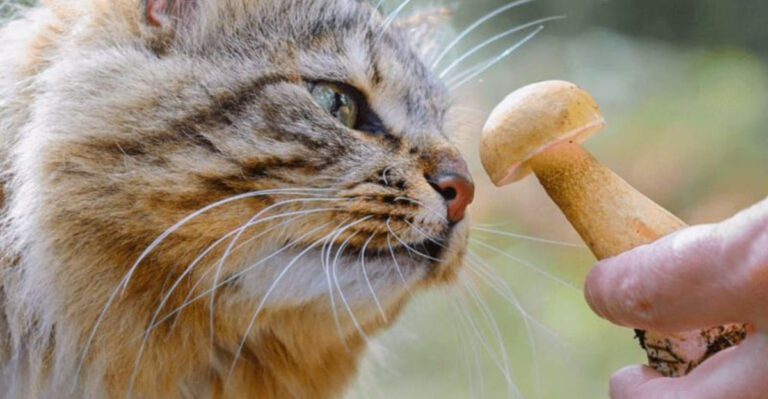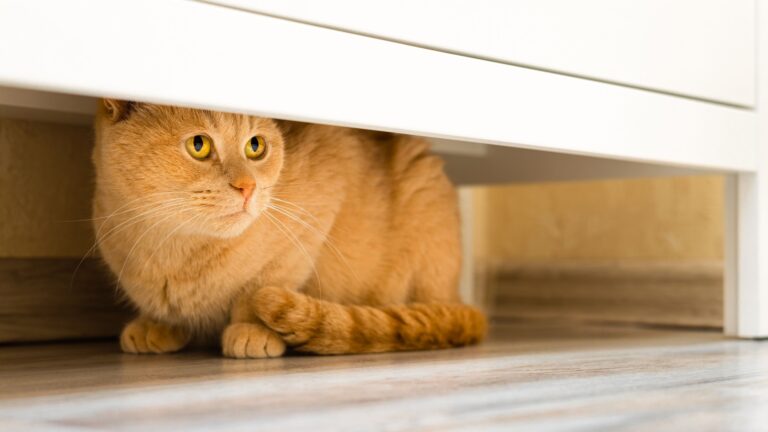14 Everyday Habits Of People With Bird-Friendly Backyards
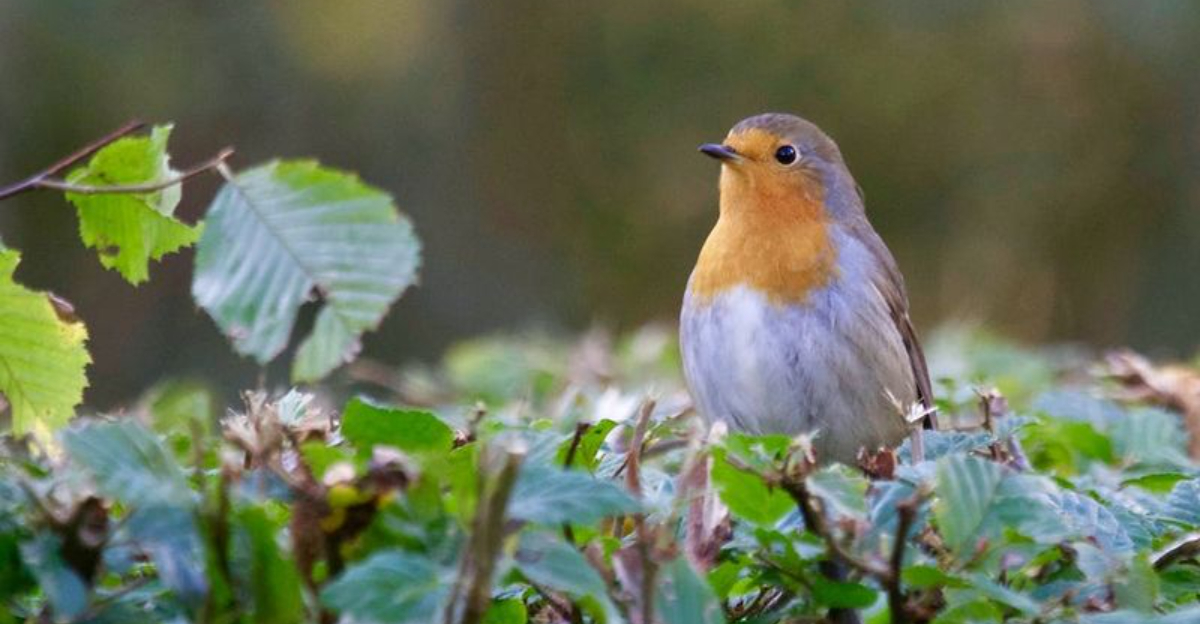
Ever wondered why some yards buzz with colorful feathered visitors while others remain eerily quiet? Bird enthusiasts aren’t just born with a magical touch – they develop simple daily habits that transform ordinary spaces into avian paradises.
These small, consistent actions create sanctuaries that birds return to season after season, bringing joy and natural wonder right to your doorstep.
1. Leave The Rake Behind
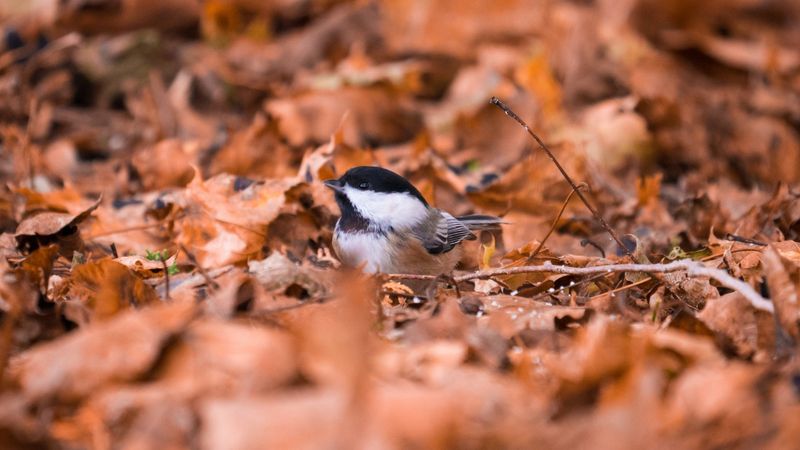
Fallen leaves aren’t just autumn decor – they’re bustling bird buffets! Leaf litter hosts tasty insects and provides natural nesting material.
Many bird-friendly gardeners designate “messy corners” where nature can do its thing undisturbed. These seemingly untidy spots become microhabitats where birds find food and shelter year-round.
2. Keep Cat Companions Indoors
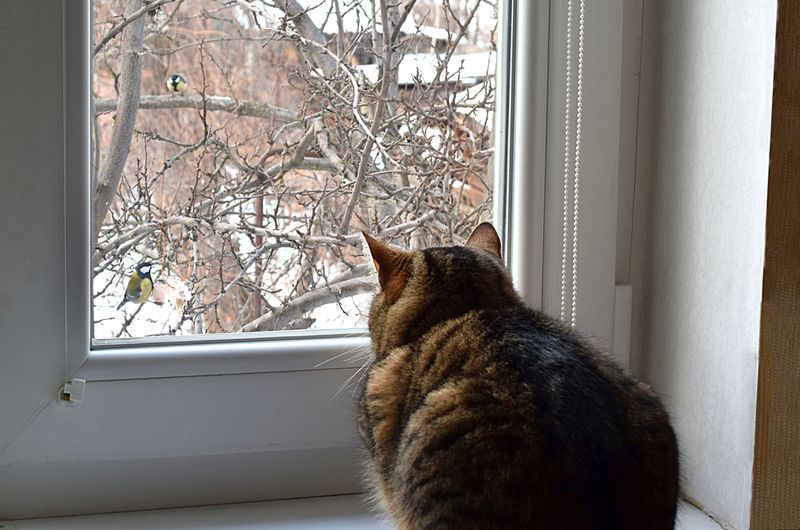
Responsible bird lovers know that even well-fed felines follow hunting instincts. Indoor cats live longer, healthier lives away from roads, predators, and diseases.
Creating enriching indoor environments with window perches, toys, and playtime satisfies your cat’s needs while protecting backyard birds. It’s a compassionate compromise that works for everyone with feathers and fur.
3. Maintain Water Sources Year-Round
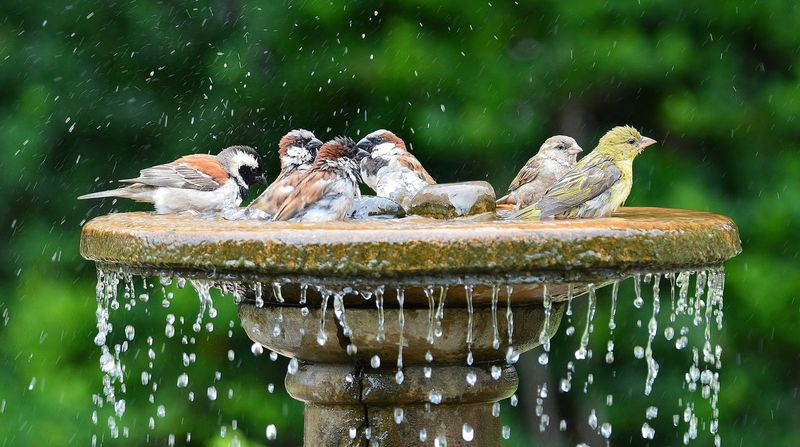
Fresh water attracts more birds than feeders! Smart bird enthusiasts install multiple shallow basins at different heights throughout their yards.
During freezing months, they use heated bird baths or replace ice daily. Adding a few pebbles gives tiny visitors safe footing while bathing. The gentle sound of moving water from solar fountains acts as a natural bird magnet.
4. Plant Native Berry Producers
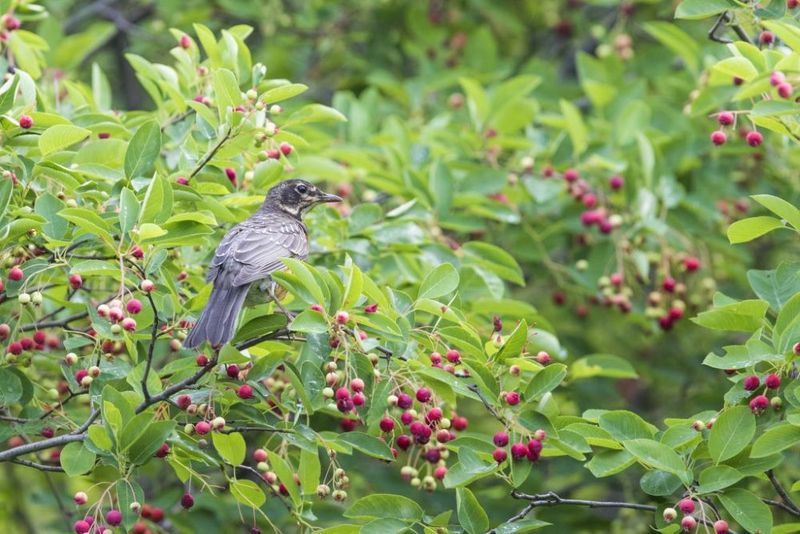
Savvy bird hosts think beyond feeders by growing nature’s original bird food. Native dogwoods, elderberries, and viburnums produce nutritious berries that ripen at different times.
Unlike exotic plants, these natives co-evolved with local birds, providing perfectly timed nutrition when needed most. The bonus? These gorgeous shrubs add year-round structure and seasonal color while feeding feathered friends naturally.
5. Skip The Chemical Shortcuts
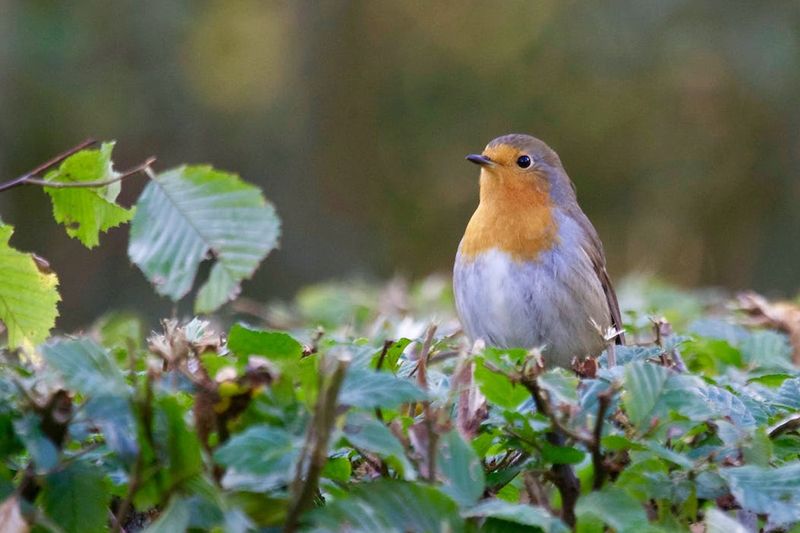
Chemical-free yards buzz with insect life – the protein-packed food baby birds need. Natural gardeners embrace beneficial bugs rather than fighting them.
Instead of reaching for pesticides, they plant diverse native species that attract natural predators. Ladybugs, praying mantises, and birds themselves keep pest populations in check, maintaining a healthy ecological balance that supports the entire food web.
6. Create Brush Piles With Purpose
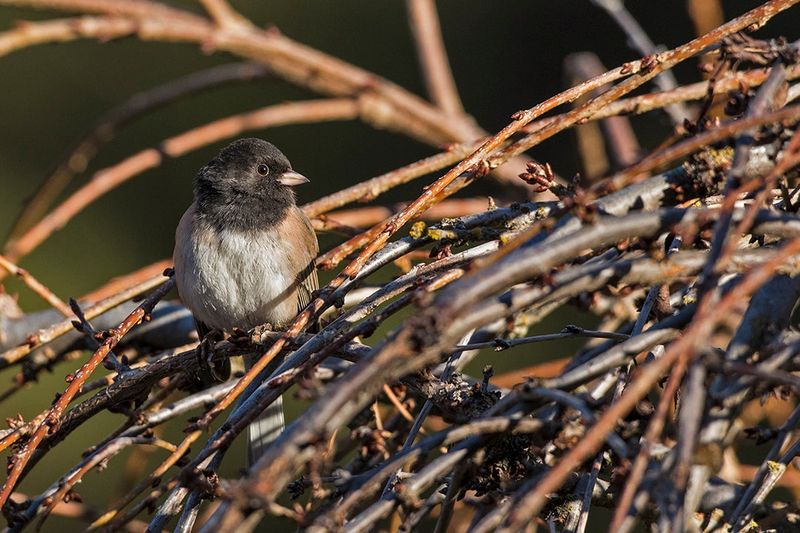
What looks like yard waste to humans appears as luxury bird condos to feathered friends! Stacking fallen branches in corner areas creates instant shelter.
These protective hideaways shield birds from predators and harsh weather. The best bird-friendly gardeners arrange larger limbs at the bottom with smaller twigs on top, creating multi-level protection zones where birds can quickly dart in and out.
7. Install Window Decals Or Screens
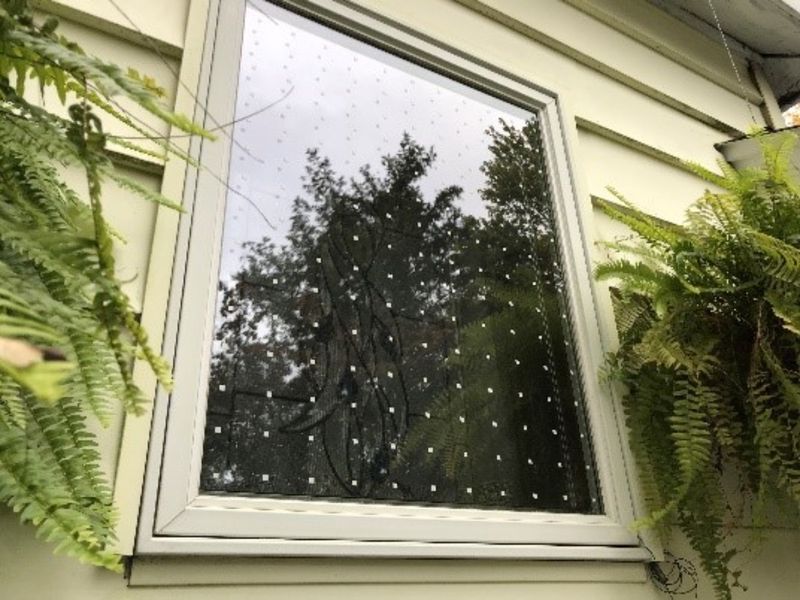
Window collisions kill millions of birds yearly. Bird-friendly homeowners break up reflections with special decals, screens, or string patterns on glass surfaces.
Placing feeders either within three feet of windows or more than thirty feet away prevents deadly strikes. Some even hang wind chimes or suncatchers that create movement patterns birds naturally avoid. These simple solutions save countless winged lives.
8. Embrace The Seed Mess

Scattered seeds under feeders aren’t waste – they’re ground-feeding buffets! Juncos, doves, and sparrows prefer dining at ground level.
Bird enthusiasts place platforms or trays beneath hanging feeders to catch spillage. They understand that some natural scatter creates accessible dining for different feeding styles. This layered feeding approach accommodates more species and creates a diverse backyard bird community.
9. Offer Diverse Nesting Materials
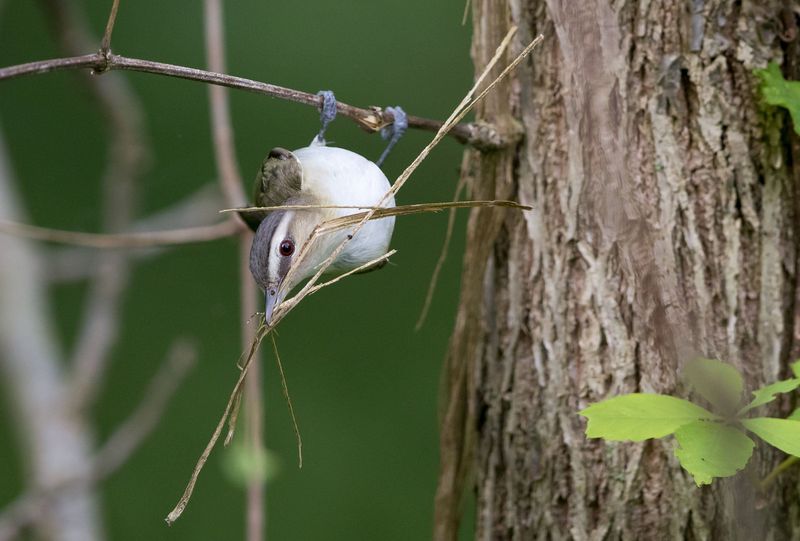
Spring brings nest-building season, and bird-friendly yards become construction supply stores! Thoughtful hosts hang mesh bags filled with natural fibers, pet fur, and small twigs.
Cotton string cut into 4-6 inch pieces, pet fur brushings, and small strips of natural materials make perfect building supplies. Just remember to avoid dryer lint, which dissolves in rain and can contain harmful chemicals.
10. Create Vertical Diversity
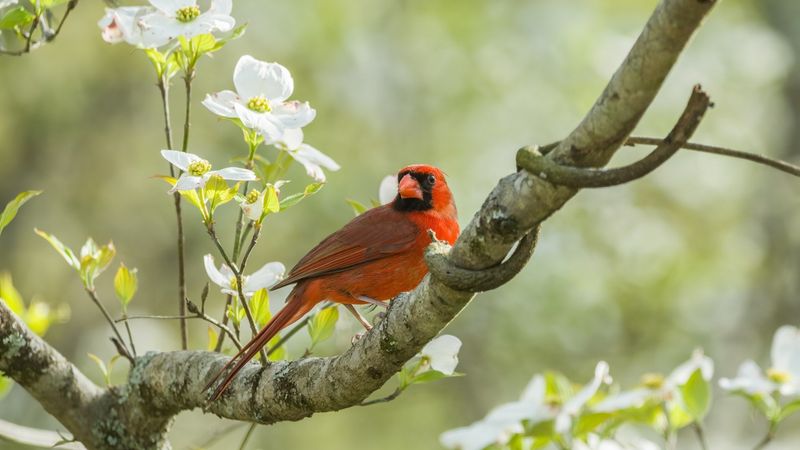
Bird paradise makers think in layers! They plant tall trees, medium shrubs, and ground covers to mimic natural forest structures.
Different species prefer specific heights – chickadees dart through mid-level shrubs while woodpeckers cling to tall trunks. By creating this multi-story habitat, yard owners accommodate diverse bird preferences.
11. Keep Feeders Squeaky Clean
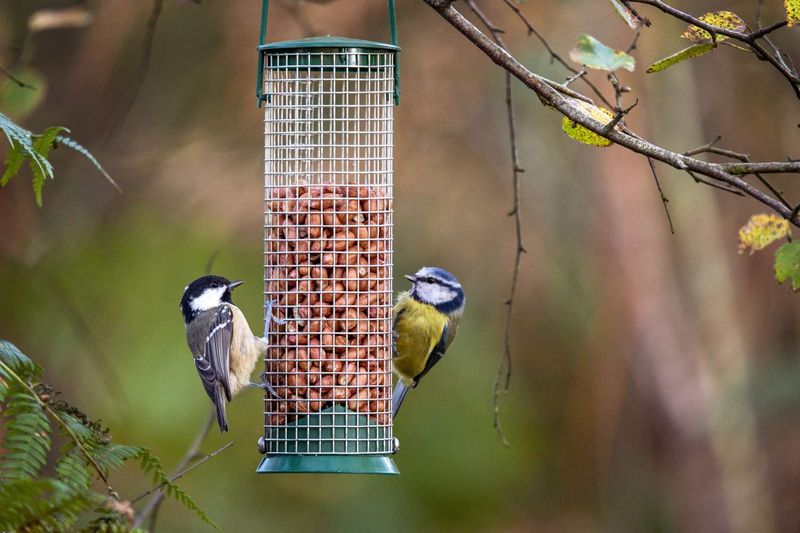
Dirty feeders spread deadly diseases through bird communities. Dedicated bird hosts scrub feeders with hot, soapy water every two weeks, more often during rainy periods.
They use bottle brushes to reach tight corners and diluted bleach solutions (1:10) for monthly deep cleans. After cleaning, feeders dry completely before refilling. This simple routine prevents the spread of avian diseases like conjunctivitis and salmonellosis.
12. Provide Winter Roosting Spots
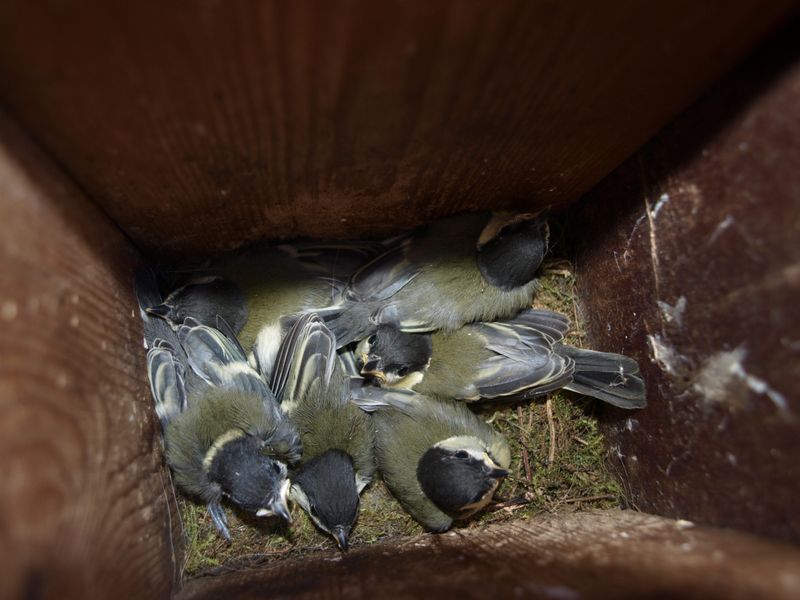
Freezing nights demand warm hideaways! Bird-friendly yards feature specially designed roosting boxes with interior perches where multiple birds huddle together for warmth.
Unlike nesting boxes with top entrances, these winter shelters have lower entry holes to trap rising heat. Some thoughtful hosts add dried grass or wood shavings for extra insulation. These cozy retreats can mean survival during bitter cold snaps.
13. Practice Seasonal Feeding Strategies
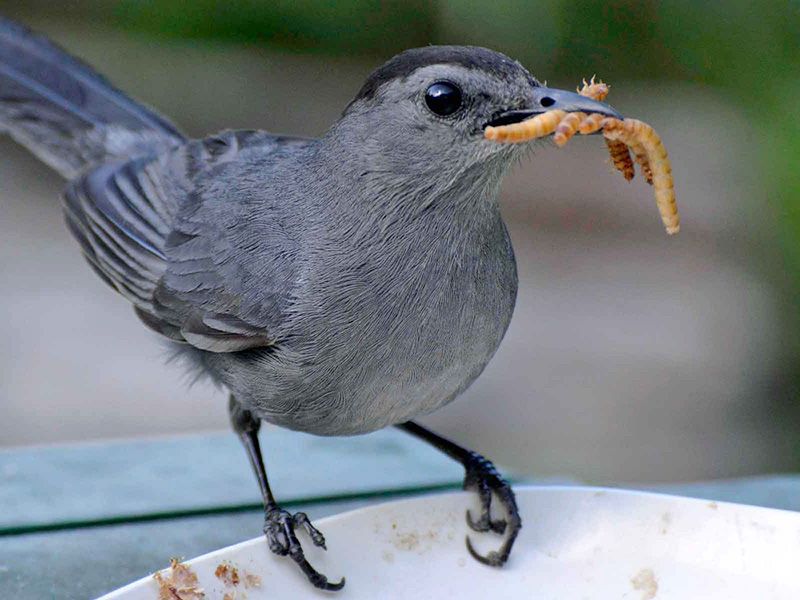
Smart bird hosts match food to seasonal needs. High-fat suet and black oil sunflower seeds dominate winter menus when birds need calorie-dense fuel.
Spring brings protein-rich options like mealworms for nesting parents. Summer feeders offer fresh fruit and nectar for hummingbirds. Fall feeding includes migration-supporting foods like sunflower hearts and peanuts.
14. Dim The Night Lights
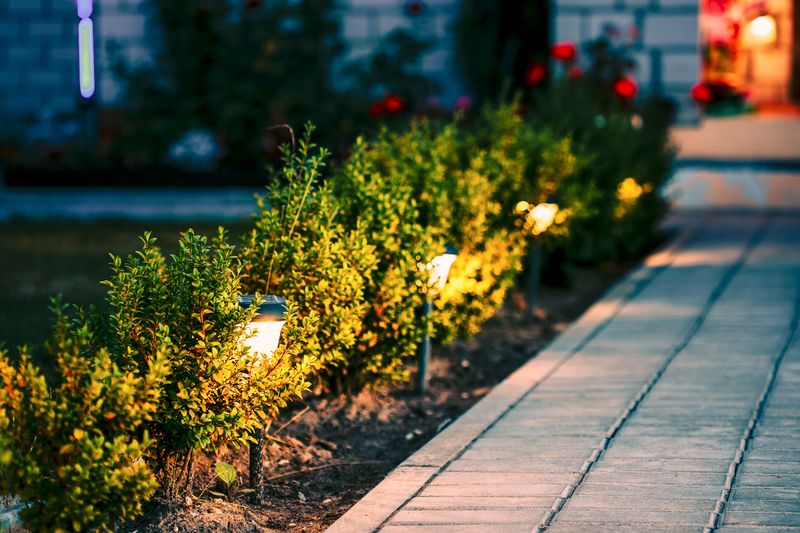
Dark sky advocates know artificial light disrupts bird migration and behavior. They install motion sensors or timers on outdoor lighting to minimize nighttime illumination.
When outdoor lighting is necessary, they choose fully-shielded fixtures that direct light downward. This reduces light pollution that confuses migrating birds and disrupts natural feeding patterns. The bonus? Energy savings and better stargazing for human residents too!


